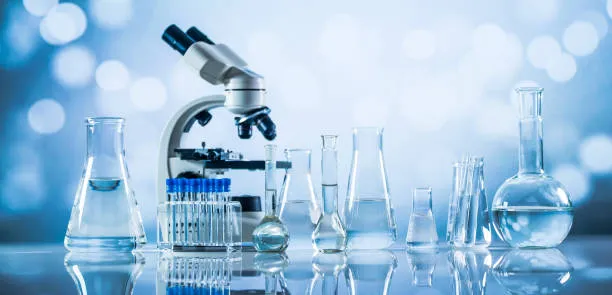Introduction:
Laboratory equipment plays a crucial role in ensuring accurate and reliable scientific research and analysis. To maintain the integrity of experimental results and prolong the lifespan of equipment, regular maintenance and calibration are essential. This blog post will outline some common practices for maintaining and calibrating laboratory equipment.
- Cleaning and Inspection:
Regular cleaning and inspection are fundamental maintenance practices for laboratory equipment. Clean equipment prevents contamination and ensures accurate measurements. Use appropriate cleaning agents and follow manufacturer guidelines to avoid damaging sensitive components. Additionally, inspect equipment for signs of wear, loose connections, or any abnormalities that might affect performance. -
2.Preventive Maintenance Schedule:
Develop a preventive maintenance schedule for each piece of equipment. This schedule should include routine tasks such as lubrication, filter replacement, and component checks. Refer to the manufacturer’s recommendations and guidelines to determine the frequency of maintenance tasks. Creating a schedule ensures that maintenance is performed consistently and minimizes the risk of unexpected breakdowns.3.Calibration and Adjustment:
Calibration is the process of verifying and adjusting equipment to ensure accuracy and precision. It involves comparing measurements taken by the equipment against known standards. Calibrate laboratory equipment regularly, especially those used for critical measurements. This includes balances, pipettes, pH meters, temperature probes, and spectrophotometers. Follow standard operating procedures (SOPs) and use certified reference materials for calibration.4.Documentation and Record-Keeping:
Maintain comprehensive records of all maintenance and calibration activities. Document the date, task performed, personnel involved, and any observations made during the process. These records serve as a reference for future maintenance, troubleshooting, and audits. Additionally, they can help identify patterns or recurring issues, enabling you to take proactive measures.5.Training and Competency:
Ensure that laboratory personnel are adequately trained to perform maintenance and calibration tasks. Provide training sessions on equipment handling, maintenance protocols, and calibration procedures. Familiarize personnel with the manufacturer’s manuals and SOPs. Having competent and knowledgeable staff improves the accuracy of maintenance and calibration processes.6.External Service and Support:
Some laboratory equipment may require specialized knowledge or tools for maintenance and calibration. In such cases, consider engaging external service providers or seeking support from the manufacturer. These professionals have the expertise and resources to address complex issues, calibrate advanced equipment, and perform repairs if necessary.7.Regular Performance Verification:
Periodically verify the performance of laboratory equipment to ensure that it meets specified standards. This can involve conducting internal quality control checks, participating in proficiency testing programs, or comparing results with reference laboratories. Performance verification helps identify deviations and ensures the reliability of experimental data.Conclusion:
Proper maintenance and calibration practices are crucial for laboratory equipment Libya to deliver accurate and reliable results. Regular cleaning, preventive maintenance, calibration, documentation, training, and performance verification contribute to equipment longevity and consistent performance. By implementing these practices, laboratories can enhance data quality, minimize downtime, and safeguard the integrity of their research and analysis.Remember, always consult the manufacturer’s guidelines and follow industry best practices when performing maintenance and calibration on specific laboratory equipment.
Reference Link(OriginallyPosted: https://medium.com/@ziebaqtechnology/essential-maintenance-and-calibration-practices-for-laboratory-equipment-40b455e797d3


No comments yet